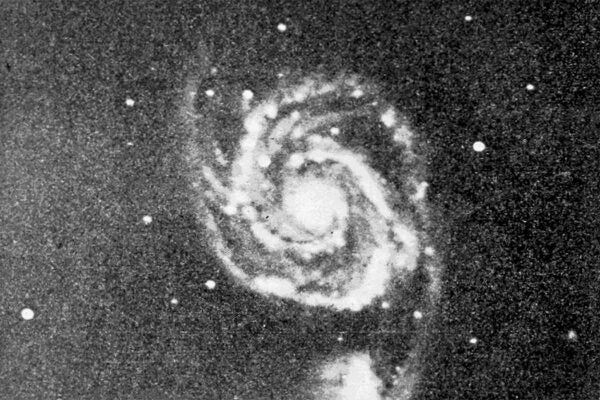What does a Trump Administration mean for scientific research?
Probably the largest influence that any branch of government has over federal science is through the budget process, which is controlled by Congress. Nevertheless, the president can still exert direct influence on science. Here are three ways.
Appointments
Many cabinet level positions (e.g. Secretary of the Interior) supervise agencies that include science in their missions and are selected directly by the president. However, some of the most influential appointees are below the secretary level. For example, the director and the entire board of the National Science Foundation—probably the largest source of funds for basic, non-medical research in the U.S.—is appointed directly by the President. The Director and board of the NSF serve six-year terms and have huge influence over the focus and types of projects funded by the Foundation. These appointees often reflect the priorities of the president who appointed them.
Foreign Policy
Especially in the 1950s and 60s, science played a tremendous role in how presidents viewed foreign policy. Caught off guard by the launch of Sputnik in 1957, President Eisenhower saw scientific dominance over the Soviet Union as a matter of prestige, leading to massive investments in science. President Kennedy took science as foreign policy a step further, using science both as a way to one-up a rival and as diplomacy. He viewed the space program partially as a non-violent way to help ease tensions with the Soviet Union. Even during some of the darkest moments of the Cold War, President Kennedy and Chairman Khrushchev exchanged congratulatory telegrams about each other’s achievements in space. The mutual science diplomacy helped maintain the fraught relationship between nuclear-armed superpowers, to the benefit of science itself.
Executive Neglect
The position of Science Advisor to the President was created in 1957, again as a response to Sputnik. Following Sputnik, scientists had almost unfettered access to the president and the position held great influence and prestige. Over the following decades, the position’s influence waned and it became more of a budgetary advice role rather than offering the president scientific advice. Eventually the position, which had been located within the White House, was moved to a nearby office building signaling its further marginalization. The loss has been partially offset by the inclusion of scientists and scientific advisory boards at lower levels.
Overall, the decline in scientific influence within the executive branch mirrors a general decline in how our politicians prioritize science. In 1968, even the proudly anti-intellectual George Wallace issued a statement on the importance of science: “We live in a fiercely competitive world in the area of science and technology—for social and security reasons we must not lag behind.” Every candidate in that election had a strong public opinion on the importance of science. This year, science barely even came up.







